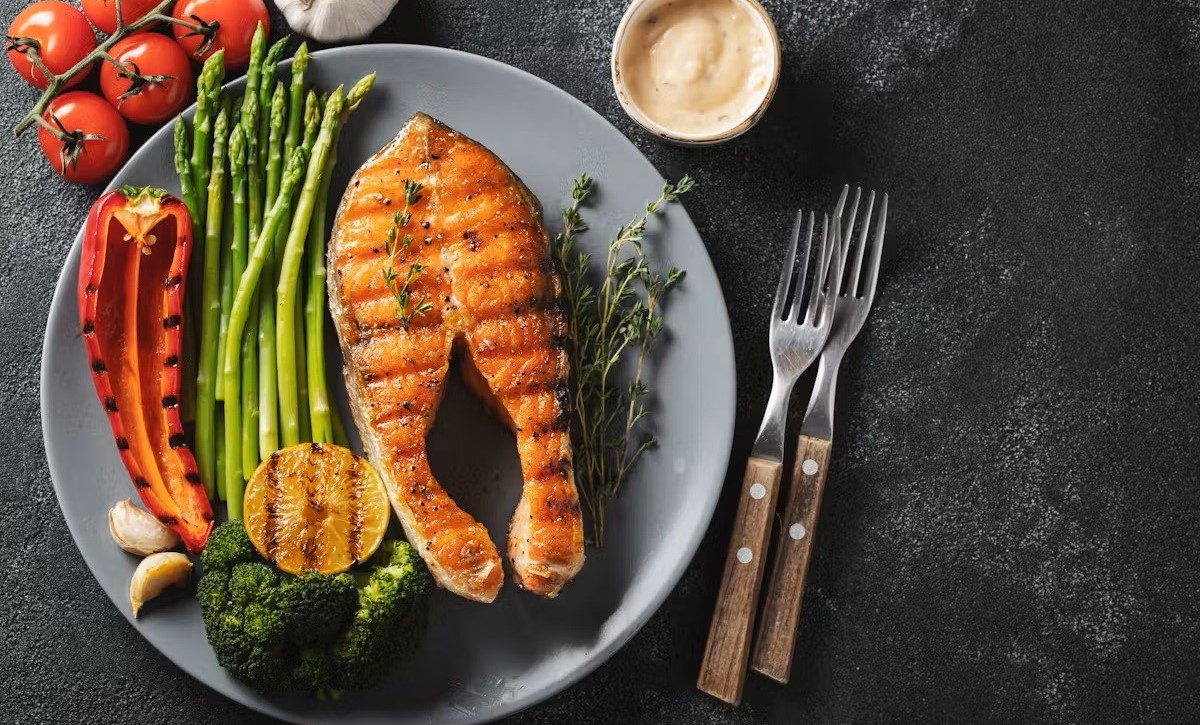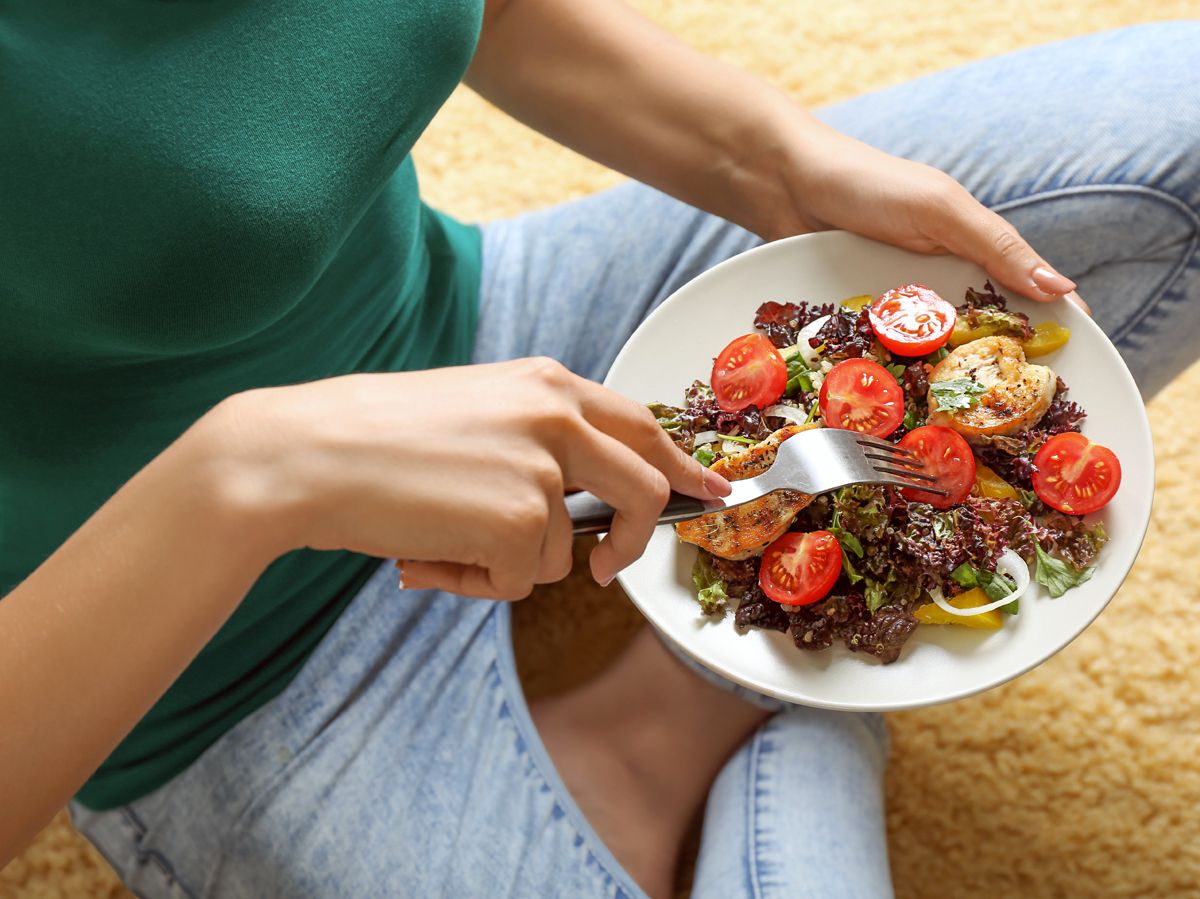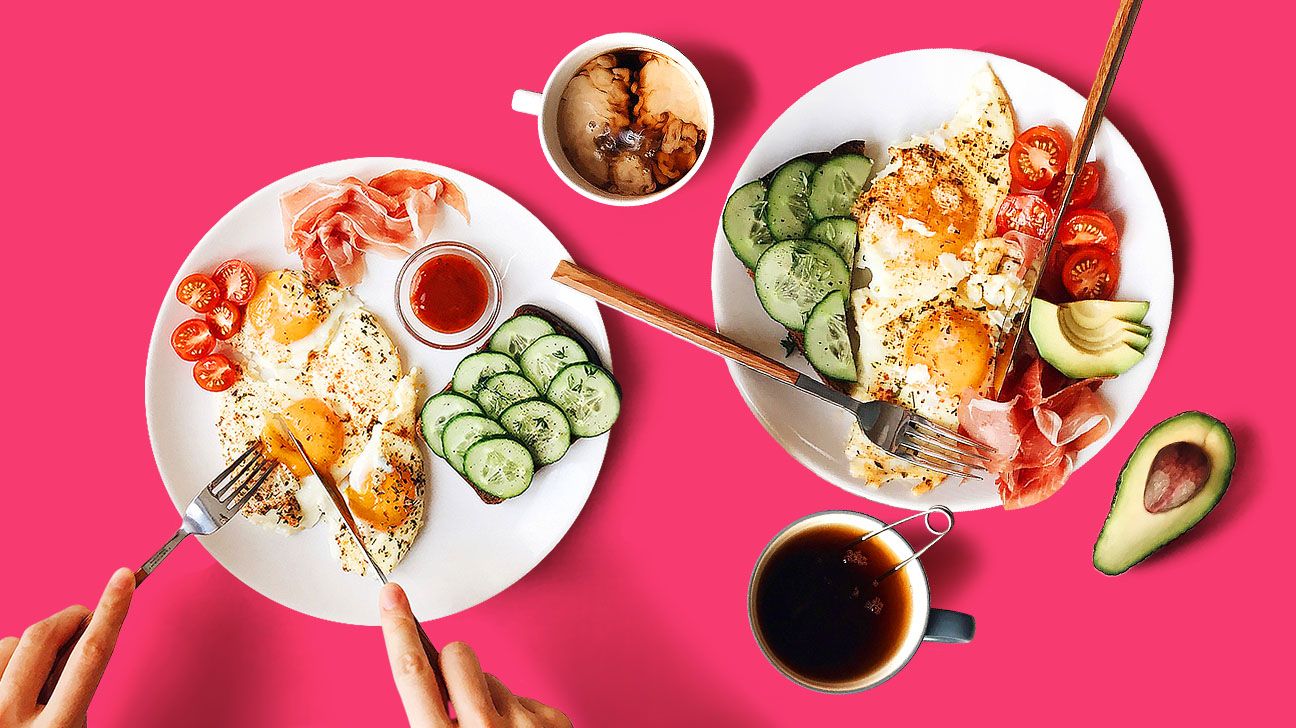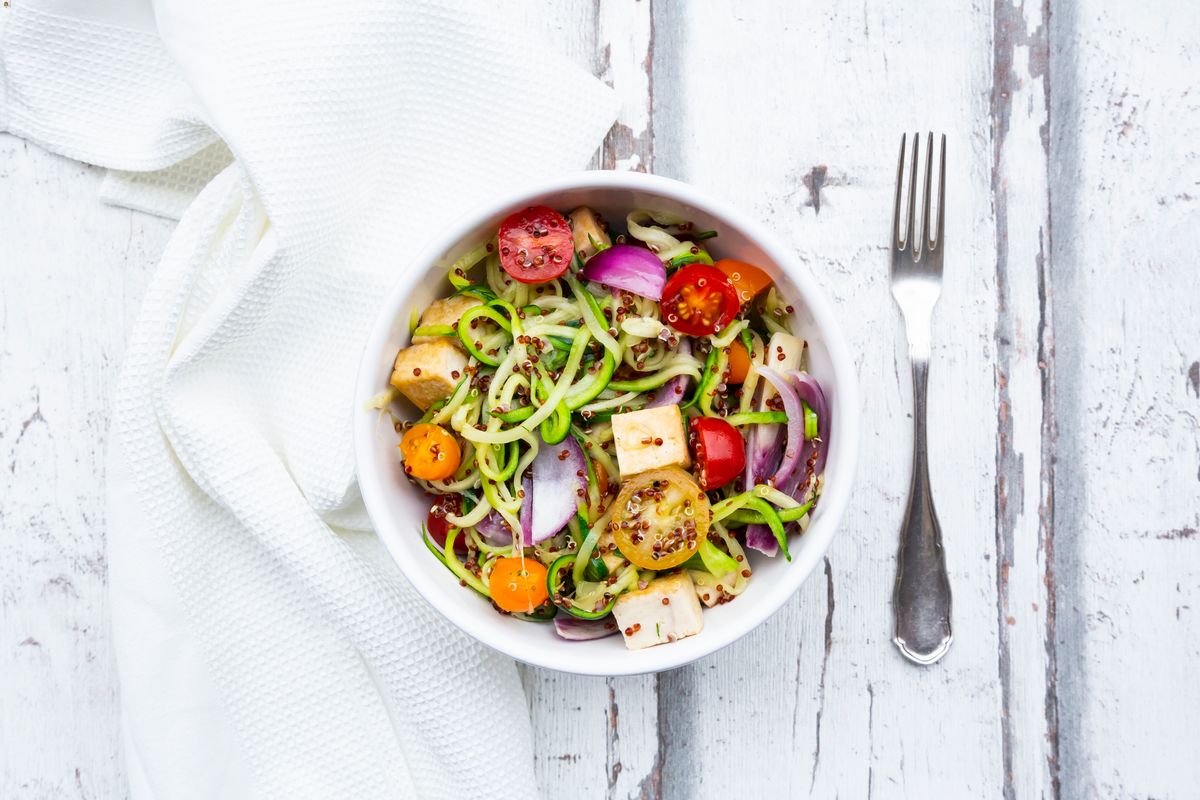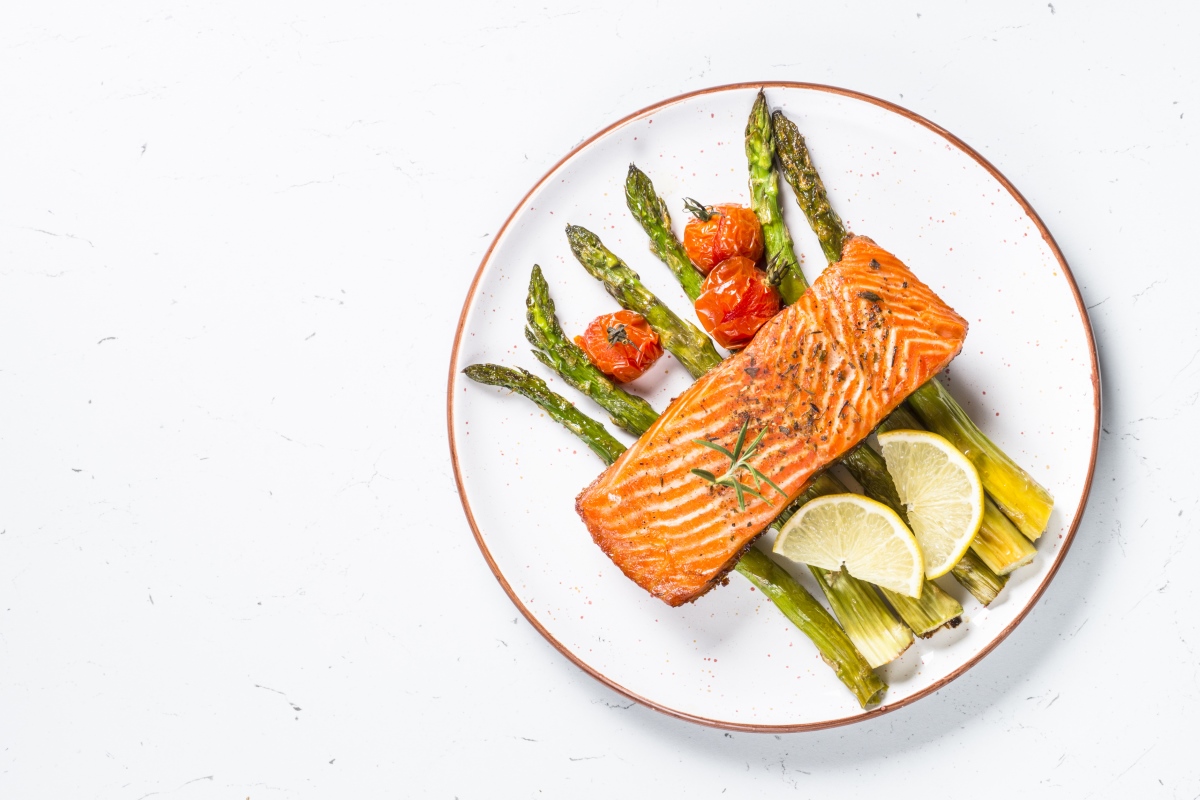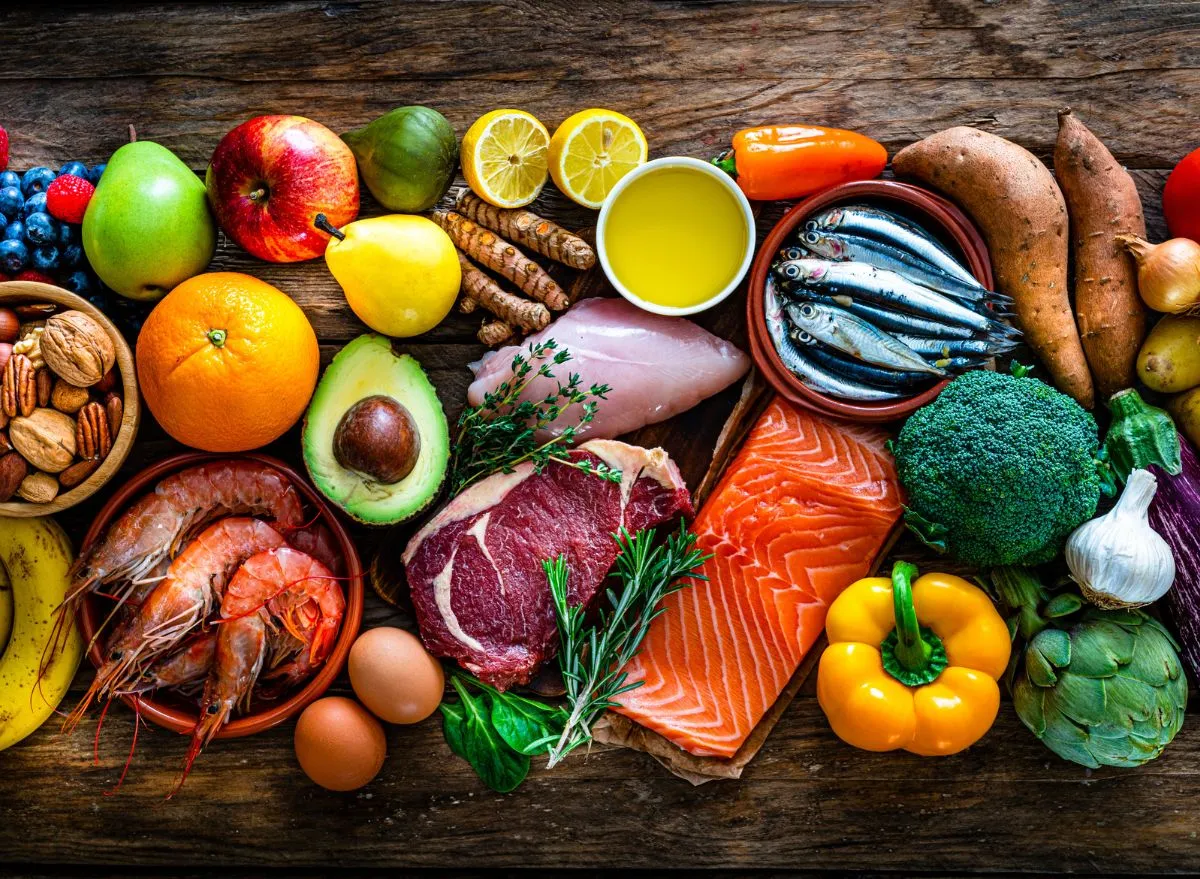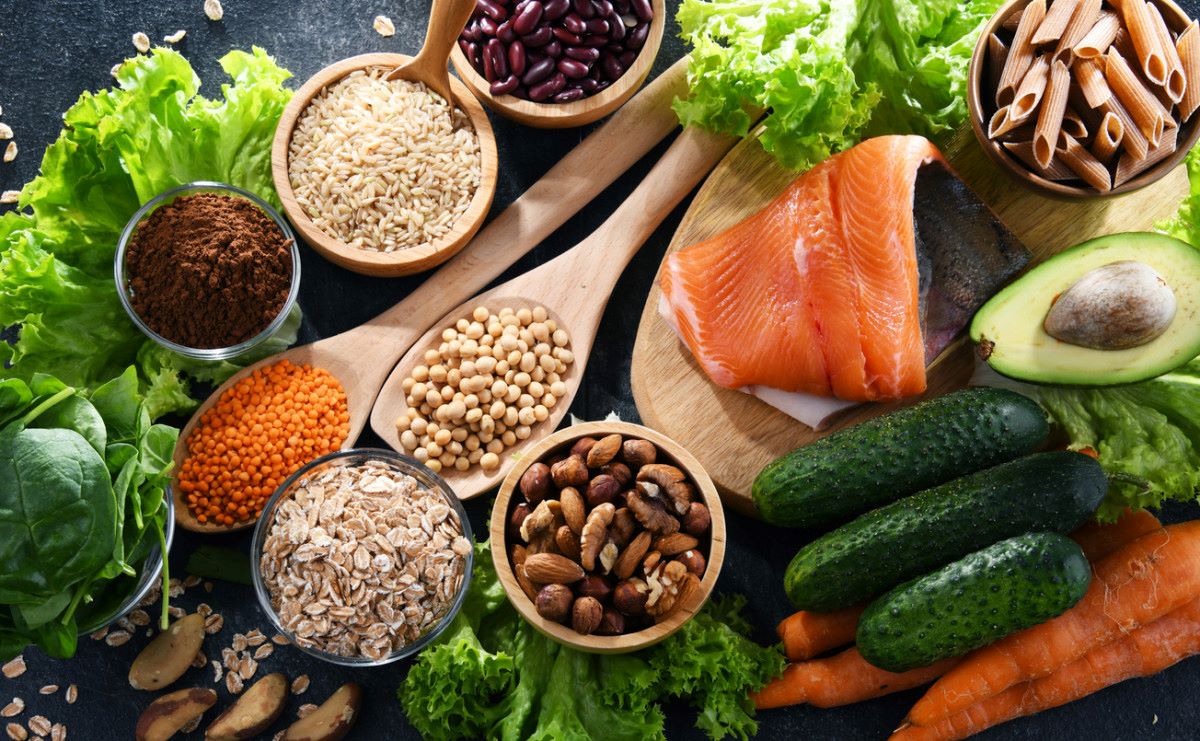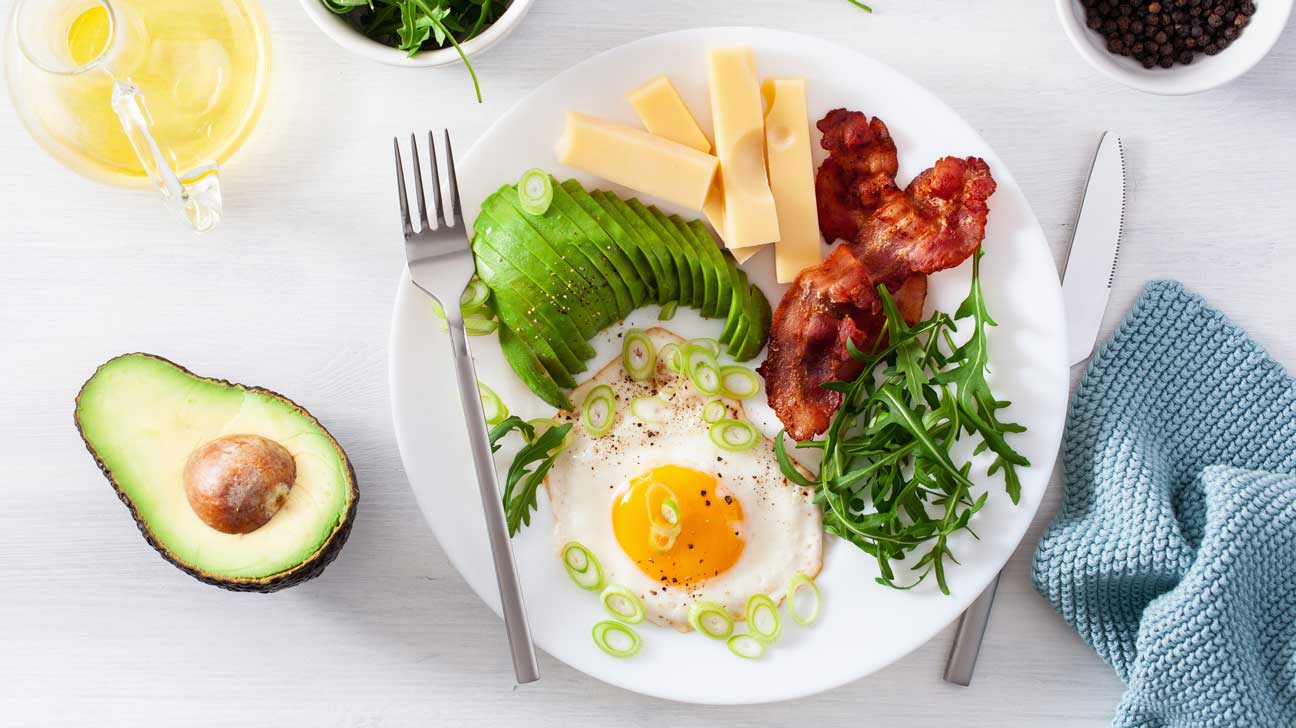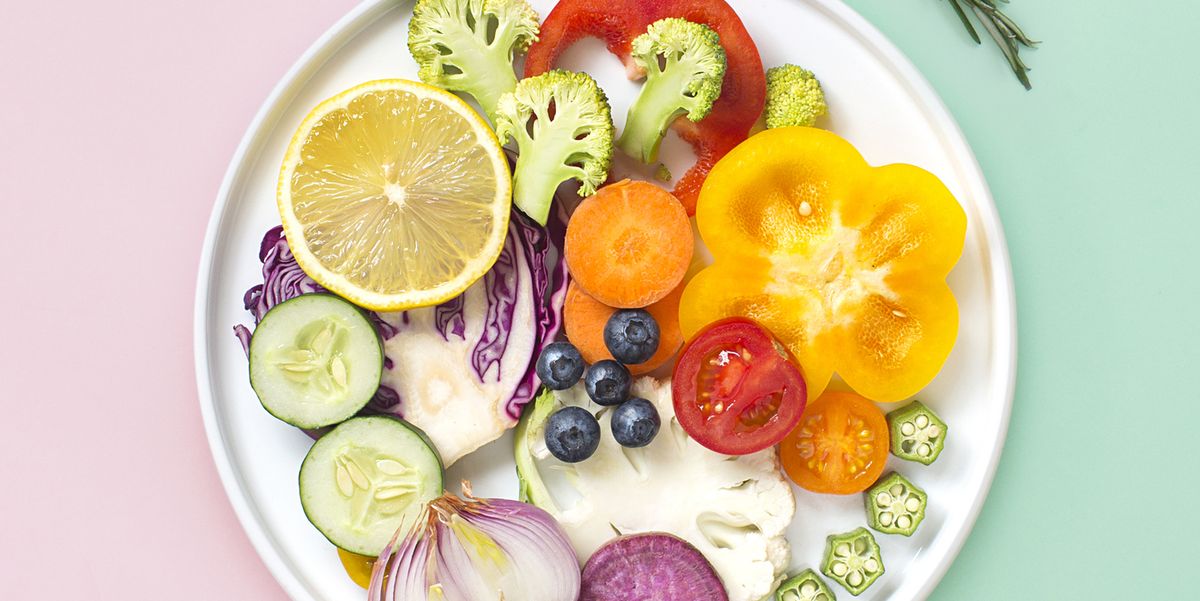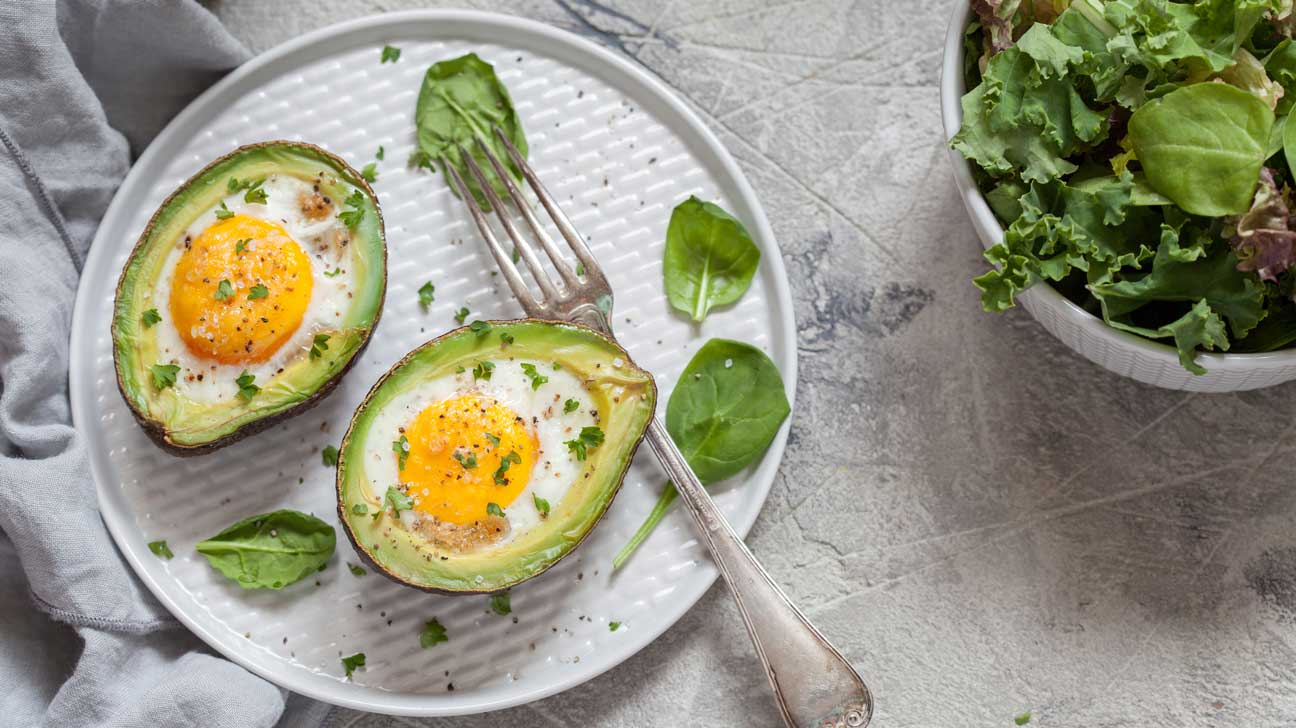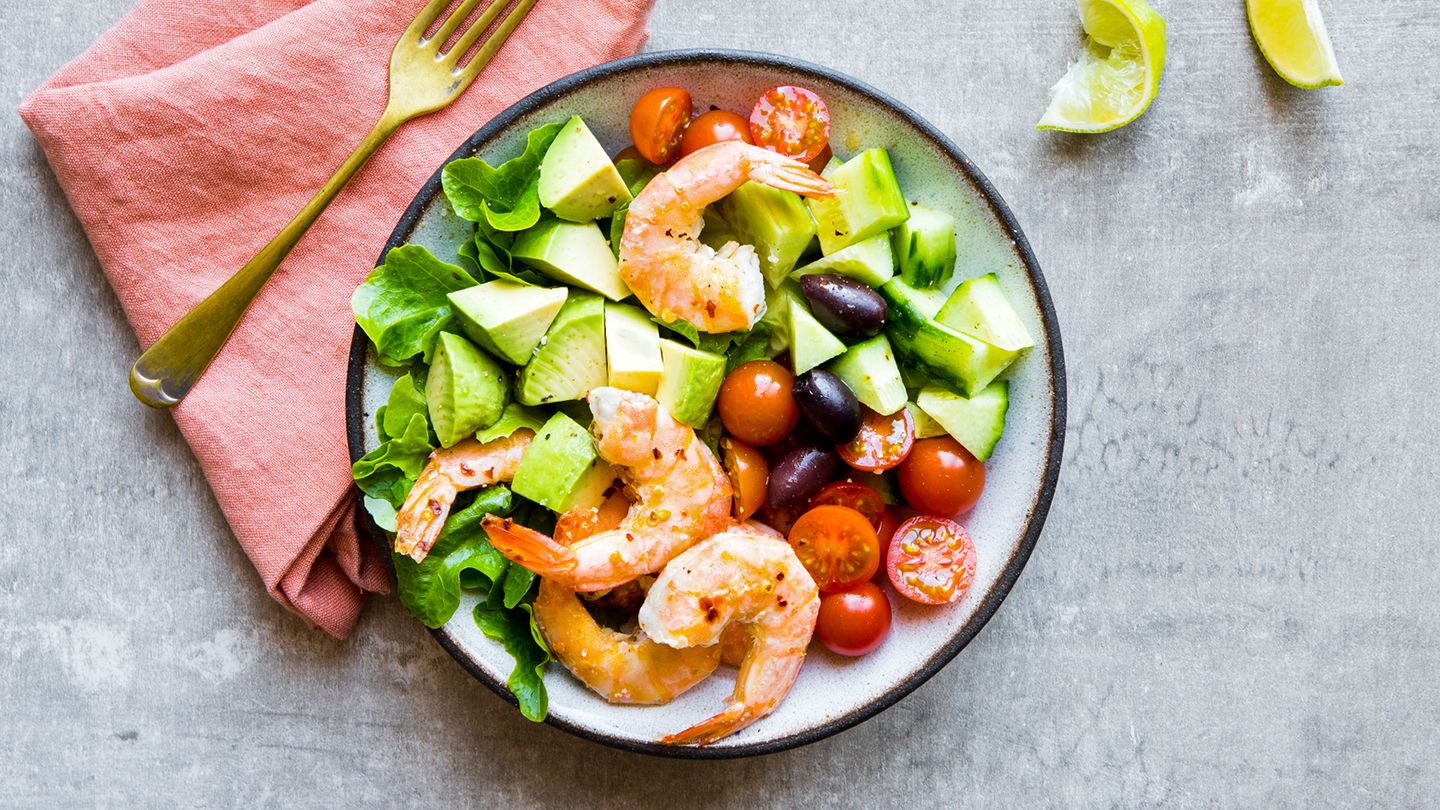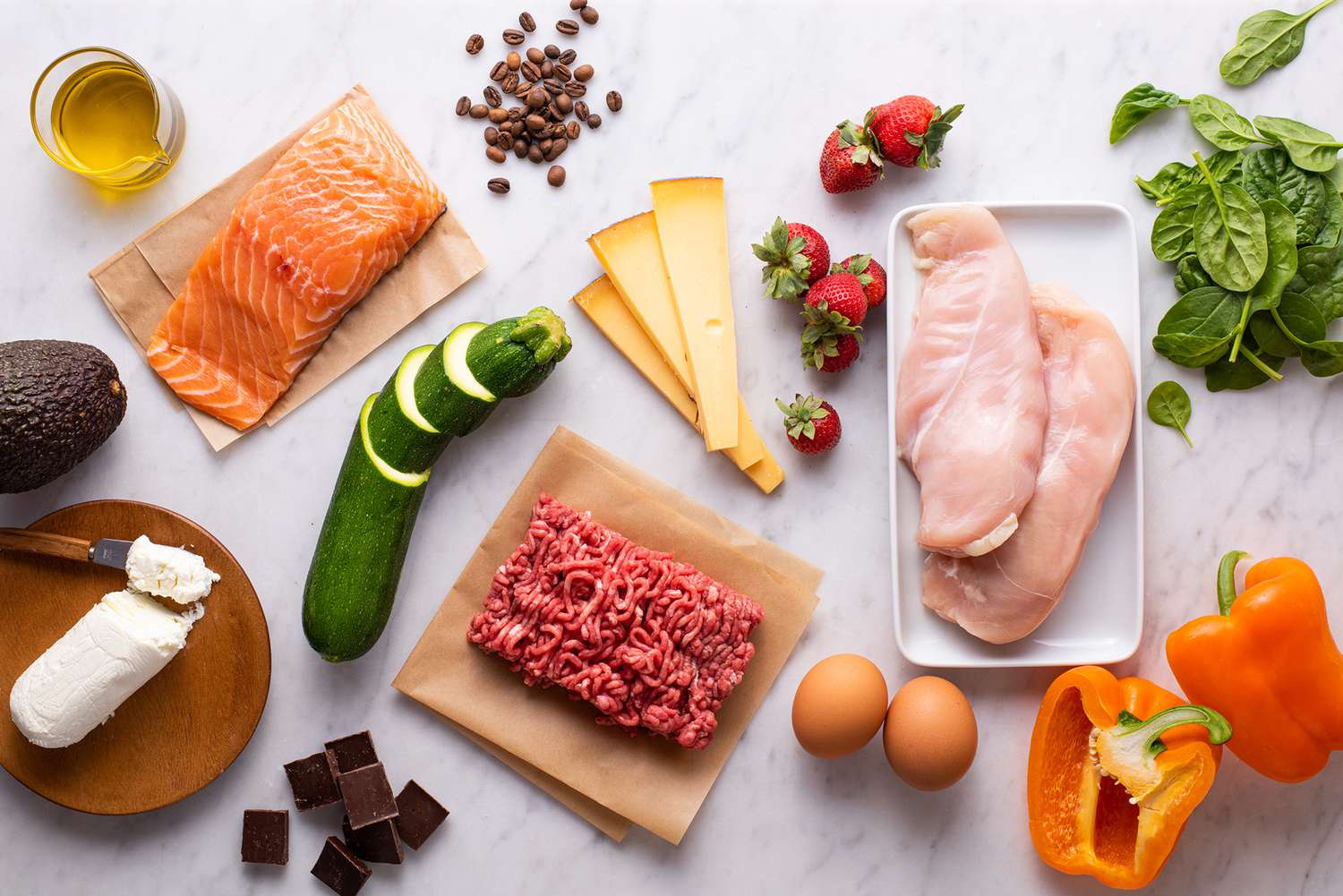How to Eat Low-Fat, Low-Carb, and High-Protein
When it comes to maintaining a healthy diet, finding the right balance of macronutrients is key. Eating a diet that is low in fat, low in carbs, and high in protein can have numerous health benefits, including weight management, improved energy levels, and better overall health. Here are some tips on how to achieve this balance in your diet:
Focus on Lean Proteins
Protein is an essential macronutrient that is crucial for building and repairing tissues in the body. When aiming for a high-protein diet, it’s important to focus on lean sources of protein to keep the fat content low. Some excellent options include:
- Skinless chicken breast
- Turkey
- Fish
- Eggs
- Low-fat dairy products
- Legumes
Choose Healthy Fats
While the goal is to eat a low-fat diet, it’s important to remember that not all fats are created equal. Opt for healthy fats such as:
- Avocados
- Nuts and seeds
- Olive oil
- Fatty fish like salmon and mackerel
These fats are not only good for you but can also help keep you feeling full and satisfied.
Limit Carbohydrates
Carbohydrates are a primary source of energy for the body, but consuming too many can lead to weight gain. When trying to eat a low-carb diet, focus on complex carbohydrates such as:
- Whole grains
- Vegetables
- Legumes
- Fruits in moderation
Avoid processed and refined carbohydrates like white bread, sugary snacks, and sugary drinks, as these can cause blood sugar spikes and crashes.
Meal Planning Tips
Planning your meals in advance can help you stick to a low-fat, low-carb, high-protein diet. Here are some tips to make meal planning easier:
- Batch cook lean proteins like chicken or turkey to have on hand for quick and easy meals.
- Fill your plate with non-starchy vegetables to keep the carb content low.
- Snack on nuts, seeds, and Greek yogurt for a protein-packed pick-me-up.
- Experiment with different herbs and spices to add flavor to your meals without relying on high-fat sauces and dressings.
By following these tips and making mindful choices about the foods you eat, you can easily achieve a diet that is low in fat, low in carbs, and high in protein. Remember to listen to your body and make adjustments as needed to find the right balance for your individual needs.
Here’s to a healthier, more balanced way of eating!
